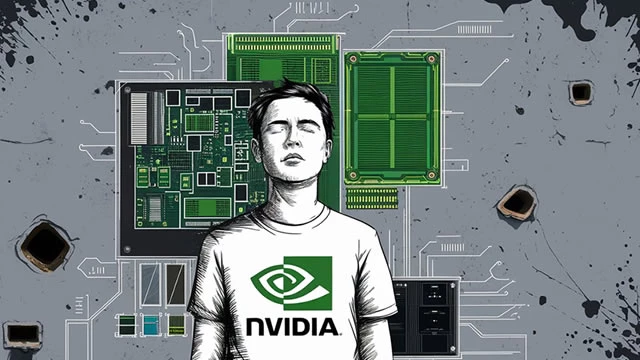Microsoft’s (NASDAQ: MSFT) shareholders had it very nice for the last few years. The stock prices are growing, the company is getting bigger and stronger, and it continues to hold strong positions in gaming, developer solutions, and even hardware.
The question nowadays is not whether the company is successful, but if it can continue to grow and deliver the returns, investors have gotten used to over the recent years. Most eyes are focused on Microsoft’s cloud solution, one of the most strategic units of the business.

Currently, Microsoft’s revenues from the cloud are half (estimated $23.6 billion in 2020) of what Amazon manages to bring in ($46.1 billion). Amazon was the first one to enter the race while also getting a competitive advantage. Other players, such as Google, Oracle, or Alibaba more recently, aren’t even in the same league, even though earnings are in billions.
So why Microsoft could beat Amazon AWS in its own game and even surpass it? Firstly, Microsoft is no longer the company it used to be in the early 90s. Back then, it was often no.1 on the list of the most hated companies amongst tech people. However, since the company’s current CEO, Satya Nadella, took over from Steve Balmer in 2014, things became very different at the company.
Today’s Microsoft continues to regain trust amongst technology professionals, as it embraces the open-source solutions and puts in substantial efforts developing new products and services. This part is vital for the company.
For other vendors, such as Amazon or Google, this is less important, as a developer working with their solutions may not work with related products they may offer. Microsoft, on the other hand, provides cloud solutions, including storage, computing, AI, and many others, but also a wide range of software developer-focused tools that are used by many businesses around the world. Microsoft successfully maintains the balance between the commercial needs and being able to appease to the increasingly vocal tech community that is happier about Microsoft’s business decisions than ever before.
Secondly, it is crucial to understand that if ten years ago, cloud computing was still a novelty, it has been becoming a commodity offering ever since. A growing number of vendors and closing feature gaps means lower profitability and easiness to switch between providers.
Microsoft is in a better position than any other competitor, as it can offer the most comprehensive suite of products and services that it continues to integrate for a seamless experience. For businesses, it can be very appealing, as it reduces the need to connect multiple services from multiple vendors that are rarely easy and inexpensive.
Despite Google’s inroads into the modern-day office with its G Suite, Microsoft continues to dominate it by introducing even more services, even to its most straightforward service packages.
Microsoft’s strategy paid off- in less than a decade, it completely reshaped its image, and it may even be seen as a role model for other tech companies. Rich ecosystem, support of open source technologies and added value solutions will help Microsoft not just keep its current position but also to come out as the ultimate winner of cloud wars.

















Rate this article